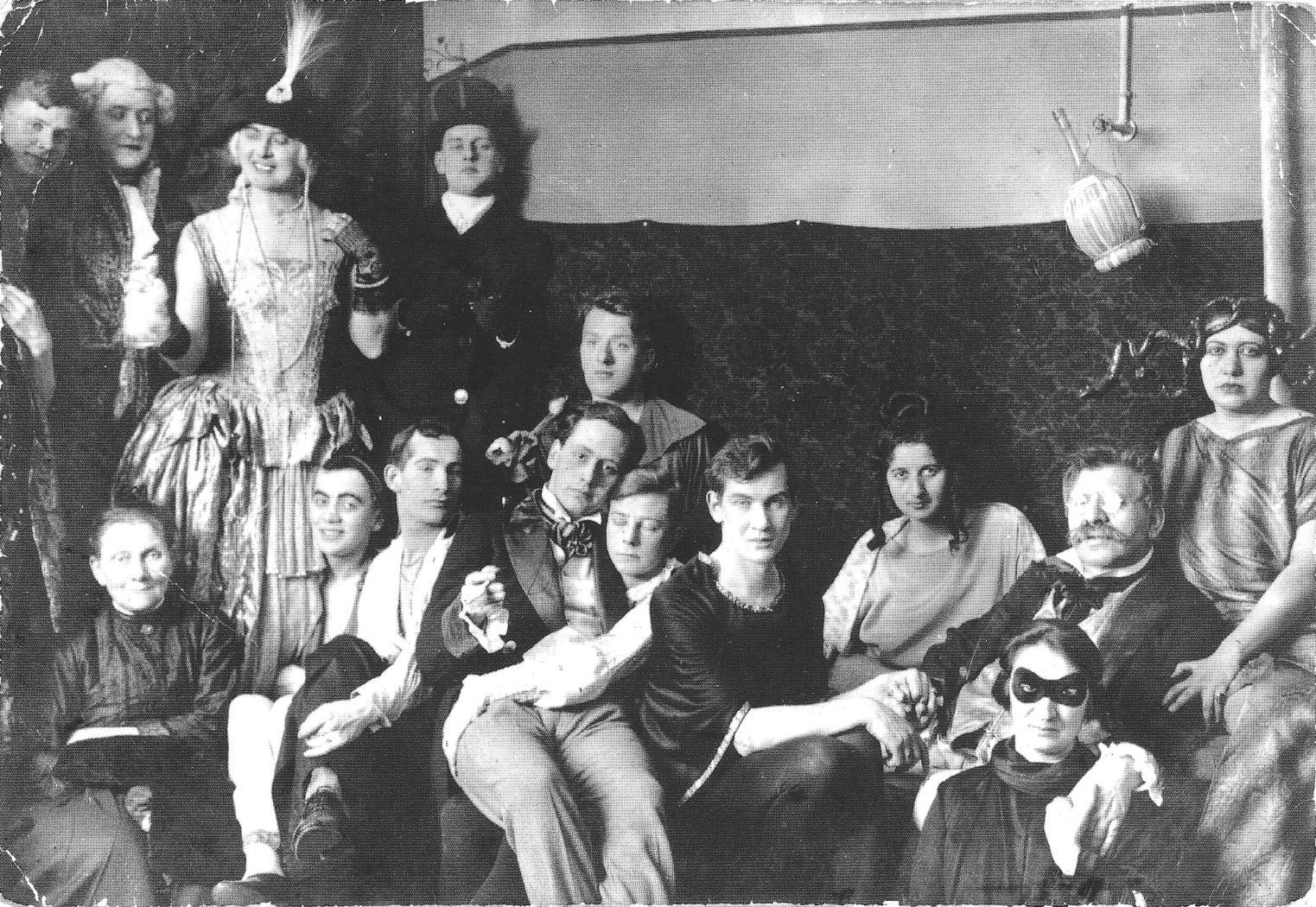ON JULY 6, 1919, the Institute of Sexual Science opened to the public in a villa in the Tiergarten, Berlin’s central park, a stone’s throw from the Reichstag. The Institute was the first building in the world to house a coherent program of scientific research into human sexual behavior and gender identity, as well as surgical procedures for transgender people. Its director was Dr. Magnus Hirschfeld, a gay Jewish Social Democrat and the world’s foremost advocate for what we would call LGBT liberation.
How could a man like Hirschfeld flourish in the city that became the capital of the Third Reich in 1933? And why are his achievements so little known today? To answer the first question, we need to go back to the German-speaking activists who came before Hirschfeld. In 19th-century Germany, Austria, and Switzerland, a large number of treatises were published that detailed the historical trajectory of homosexuality and “nontraditional” sexual practices, particularly fetishes or “paraphilia.” In the 1830s, the Swiss author (and hat designer) Heinrich Hoessli had published Eros: The Male-Male Love of the Greeks, an effort to legitimize homosexual practices by grounding them in Classical Greece.
A few decades later, the German lawyer Karl-Heinrich Ulrichs created a taxonomy of sexual identities, providing a set of terms for academic discussion of these types, notably “Uranian” for male homosexuals. In a paper titled “The Riddle of Man-Manly Love,” Ulrichs contended that same-sex leanings in both men and women were neither “sinful” nor temporary, but innate, immutable, and the result of a mix-up in utero. He identified himself as “Uranian,” a term he derived from the Greek legend of Aphrodite Urania. Heterosexual men he labeled as “Dionian,” butch gays as “Männling,” effeminate queens as “Weibling.” He soon dropped the pseudonym Numa Numantius to write under his own name, and came out publicly before the Congress of German Jurists in Munich—only to be more-or-less laughed out of his profession. He wandered to Italy, where he died in obscurity in 1895.
It was in a letter to Ulrichs that his Austrian colleague Karl-Maria Kertbeny—who claimed himself to be “normally sexed” but whose diaries intimate a string of gay encounters or at least affections—had coined the terms “homosexual” and “heterosexual.” Kertbeny went on to publish a taxonomy of his own, referring to “monosexualists” (masturbators), “pygists” (practitioners of anal sex), and more. These terms were borrowed by the German psychiatrist Richard von Krafft-Ebing, coiner of the terms “sadism” and “masochism,” whose tome Psychopathia Sexualis was a forensic study of sexual behaviors practiced by those he believed to be of degenerative heredity. He proposed psychotherapy as a “cure,” but later revised his view and maintained that “contrary sexual feeling” was no illness. As for Freud, he posited an innate bisexuality prior to social conditioning, and adopted a generally enlightened position: “Homosexuality is assuredly no advantage, but it is nothing to be ashamed of. … We consider it to be a variation of the sexual function, produced by a certain arrest of sexual development.”
§
With that as prelude, we can now catch up to Magnus Hirschfeld, who was born in 1868 into a family of Ashkenazi Jews, his father a renowned physician. Hirschfeld studied philosophy and philology before taking up medicine, and would qualify as a doctor in 1892, when Berlin—still constrained by Prussian militarism and parochial traditions but suddenly exploding into a modern metropolis—was the host to a fledgling gay subculture. After medical school, Hirschfeld lived for a time in Chicago, where he found a similar gay enclave in the area now known as “Boystown,” and learned that cities as far-flung as Tokyo, Tangier, and Rio de Janeiro were home to similar neighborhoods.
Back in Germany, Hirschfeld made his way to Berlin and opened a homeopathy clinic in the wealthy Charlottenburg neighborhood. Word soon spread about this 28-year-old doctor who was writing essays about homosexual love under the pseudonym Ramien, and a number of patients booked appointments, largely to find someone with whom to discuss their sexual orientation and the fears it generated (of isolation, arrest, etc.). One of Hirschfeld’s patients, a young army officer too much in despair to be saved, even dedicated his suicide note to the doctor, with the parting words: “The thought that you could contribute to a future when the German fatherland will think of us in more just terms sweetens the hour of my death.”

Finn Ballard, founder and operator of Finn Ballard Tours, offers a wide range of historical and cultural tours of Berlin.








Discussion1 Comment
I’ve been emerging myself in this period to create a series of artworks. Your article is a great find in my journey. of the past.